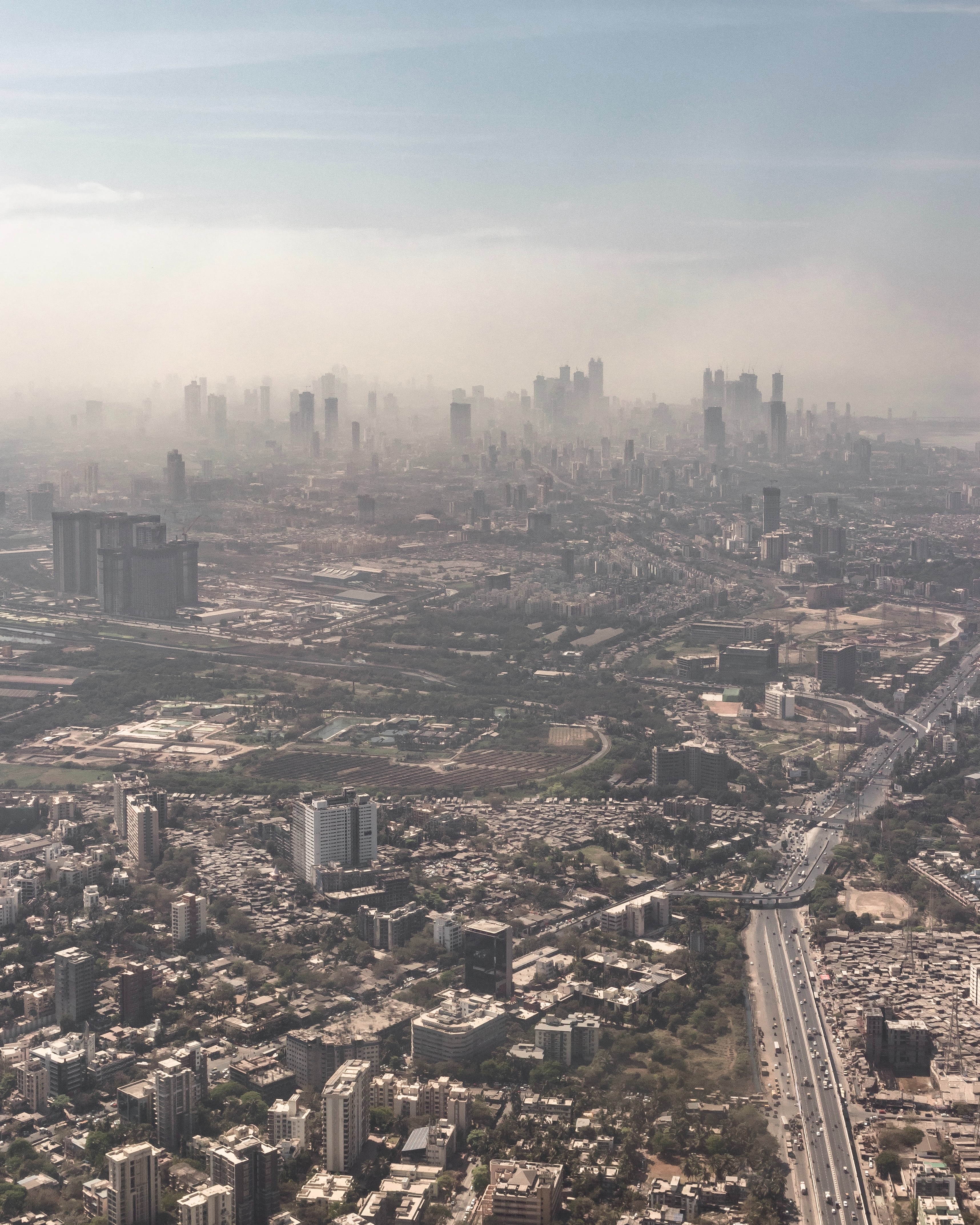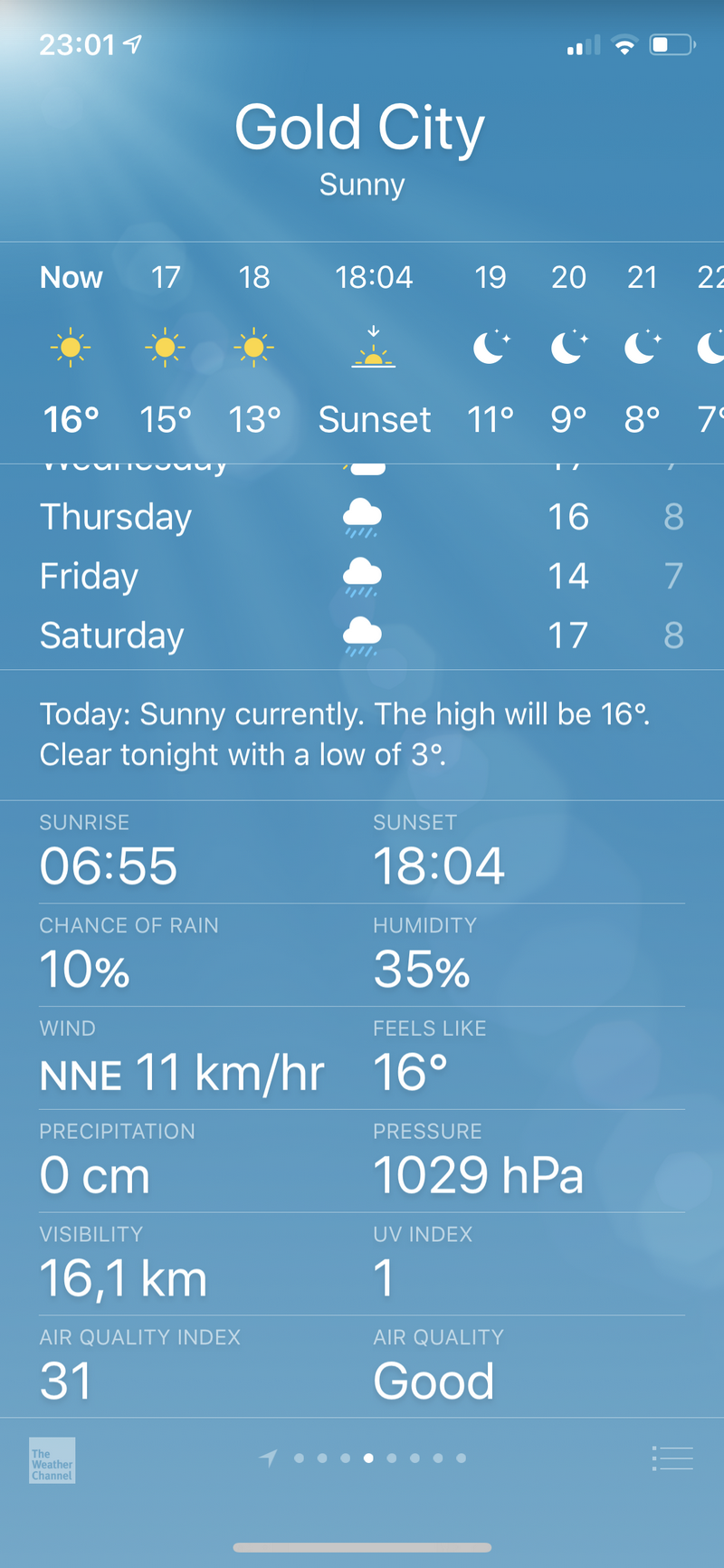
Unfortunately in Phoenix, air quality can be an issue. Due to high traffic volumes and the population growth rate, the desert of Arizona can sometimes be unhealthy. Here are some helpful tips and tricks for protecting your lungs while you go about your daily life.
Check the Quality: Before you go out, open your weather app on your phone and check the air quality index.

This measures how bad the air is and how healthy it is for you to breathe it in. The scale indicates that anything over 50 is mildly unhealthy to over 150 is very unhealthy. Checking the air quality using your phone is easy and important, especially if you are going to strenuously exercise. During windstorms and times of high-volume traffic (5pm rush hour), the air quality index can be expected to jump.
Ask Your Doctor: If you are prone to asthma attacks or allergies, make sure you are taking the recommended doses your doctor has prescribed. During a time when the air quality is poor, this puts an extra strain on your lungs. Be aware of the allergens that trigger you and the seasons when your lungs will be most challenged.
Ride with Friends: Carpooling to work greatly reduces carbon emissions and can reduce traffic congestion and consequently, poor air quality. There is also the added bonus of being able to ride in the HOV lane on the freeway, which will get you to work faster!
Change Your HVAC Filter: Air cooling systems are majorly employed during the hot months of the Arizona climate. Living in the desert means that the AC unit of your home will be working overtime. The filter on your unit catches debris, cleaning your air as it blows out cool air. If you are running your AC almost all day (common during summer months) then there can be a lot of buildup. Changing your filter can be done by a professional or yourself. If you want to install a new filter yourself, make sure you read accompanying instructions when you purchase your filter.
According to Filter Buy,
“Typical recommendations range from every 30 days for cheaper fiberglass filters (which often don't do a great job of filtering), to as long as 6 months for higher-end pleated filters. These estimates assume average use and take into account the type and size of your filter.”
If you are unsure about whether your filter needs to be changed, involving a professional can be helpful.
Since 1960, ELA (Electric League of Arizona), has built a reputation of consistent professionals who are industry licensed, insured and bonded, with 100% guaranteed follow-up.
Call 800-368-7767 for a free referral today!
Comments
Post a Comment